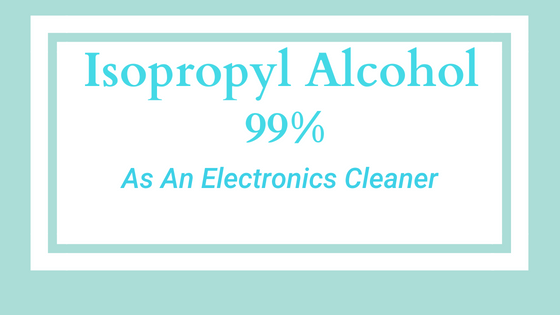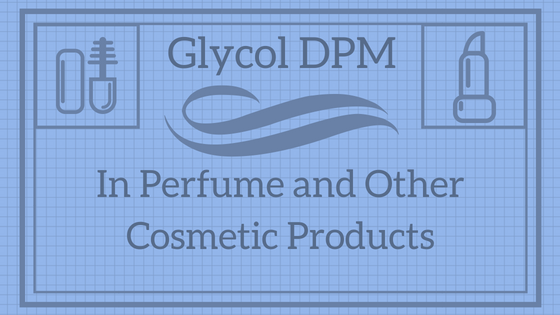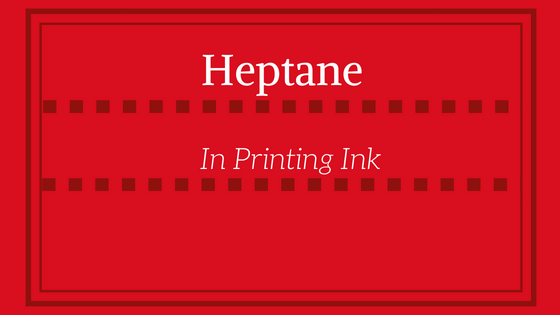Isopropyl Alcohol As An Electronics Cleaner
About IPA 99%
Isopropyl Alcohol 99% can be utilized for a variety applications. It is very useful for both professional and consumer use.
IPA 99% is a highly effective industrial cleaner and degreaser. IPA 99% is incredibly fast drying and possesses powerful solvency.
These qualities enable IPA 99% to be ideal as a cleaner for the medical field and for household applications.
Isopropyl Alcohol and Electronics
In manufacturing and for the everyday consumer, IPA 99% is especially useful to clean electronic parts, since electronic parts and devices can be highly sensitive during and after production.
Isopropyl Alcohol 99% is ideal for industrial and consumer cleaning of electronics, because its fast evaporation ensures that it will dry spot free.
IPA 99% is also completely miscible in water, which is efficient when cleaning consumer products that may require a water and IPA 99% mixture, such as laptop computers.
Common IPA Electronic Applications
Isopropyl Alcohol 99’s purity is why it is ideal for the manufacturing of electronic products such as:
- Computer chips.
- Circuit boards.
- PC components.
- Fiber optics and connectors.
- Production equipment.
- Desktop Computers.
- Laptop Computers.
- DVD and CD lasers.
- Audio recorders.
- Control systems.
Most are aware of IPA 99% highly effective utilization for medical use and as a laboratory solvent, but Isopropyl Alcohol plays an important role in the everyday maintenance of electronics for businesses, manufacturers, and consumers.
Using IPA 99% On Computers
IPA 99% is safe and effective for consumer use to clean personal computers and electronic devices.
Isopropyl Alcohol 99% is the best substance to use for this purpose. Isopropyl Rubbing Alcohol 91% may also be effective, but it is best to use the purest IPA available.
- Be very careful when cleaning a computer or electronic device with IPA 99%.
- IPA 99% has flammable liquid and vapors, so be sure that the device is completely turned off and give IPA 99% time to evaporate before turning any hot components on.
- A cloth, cotton swab, or cotton swab can be applied with Isopropyl Alcohol 99% to the electronic parts that need to be cleaned, but be sure not to leave any fibers on the device components.
- IPA 99% should be sufficient to clean sensitive parts of electronic devices, but for personal computers an aerosol can of pressurized air may be enough for casual cleaning.
Safety Tips With IPA 99%
- Do not excessively spray or apply IPA 99 as it is highly flammable in liquid and vapor form.
- IPA 99% should be kept away from any ignition sources.
- IPA 99% causes irritation upon contact with the skin.
- Causes serious eye irritation.
- Can cause dizziness and drowsiness.
Use IPA 99% safely and responsibly to clean consumer and industrial products.
Shop Isopropyl Alcohol 99% here, or call (800)-563-1305 for help!






